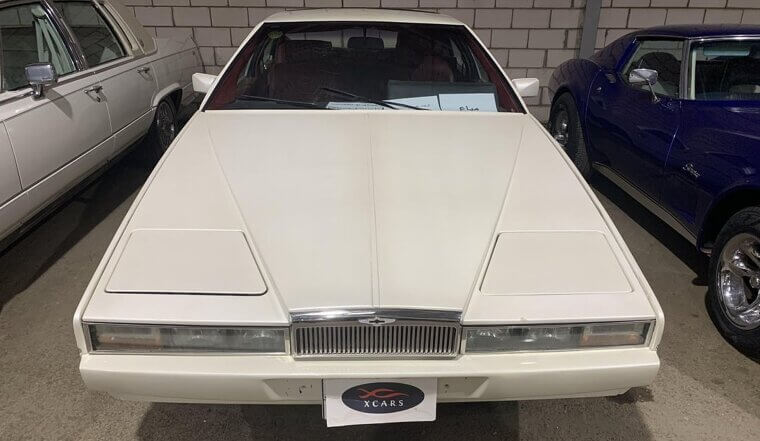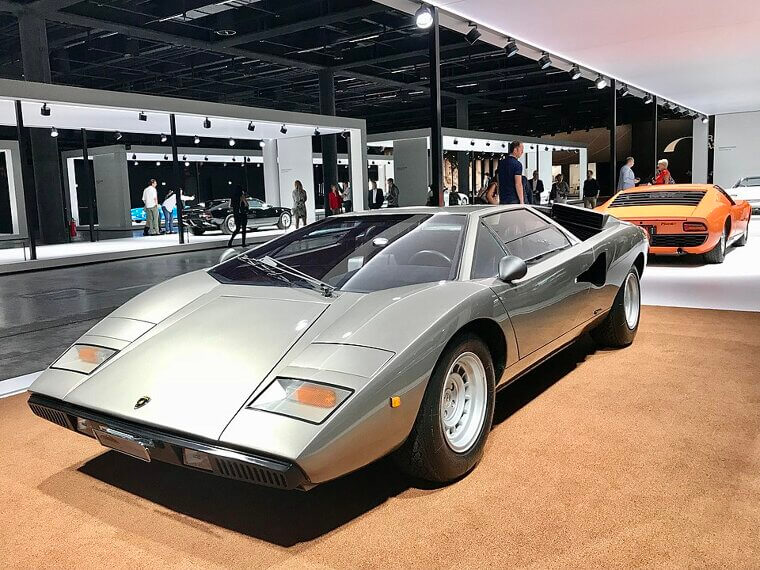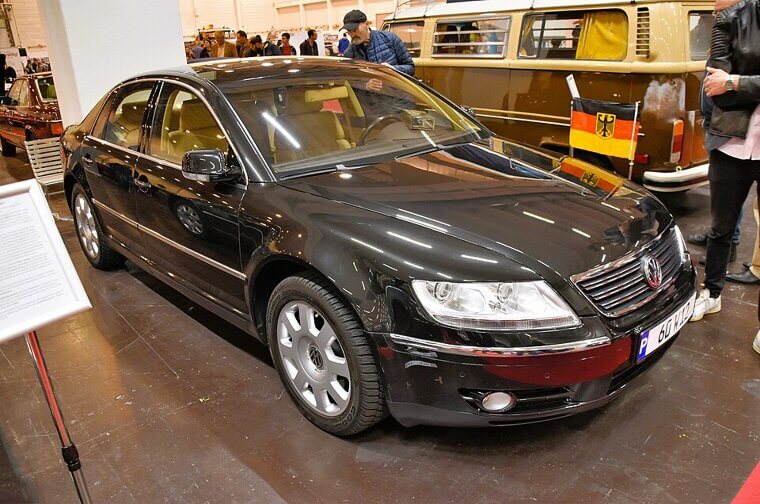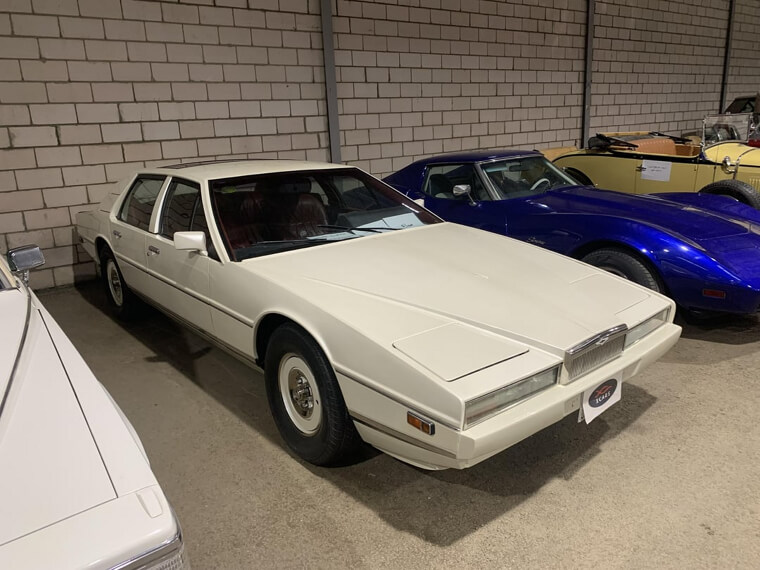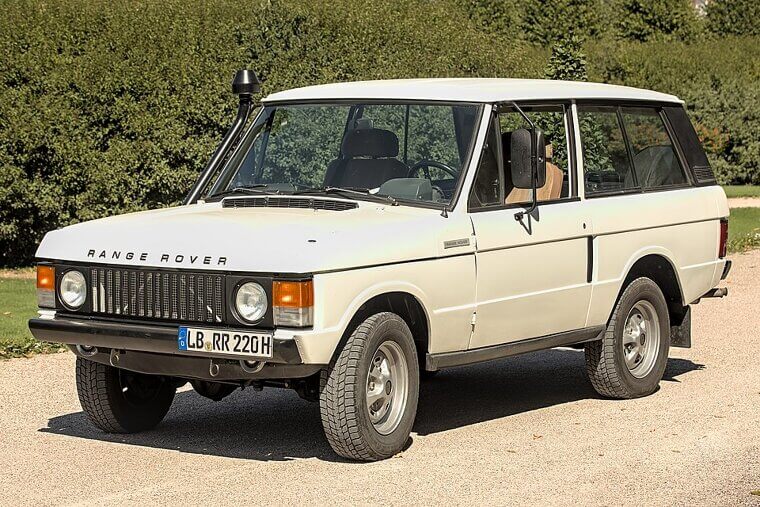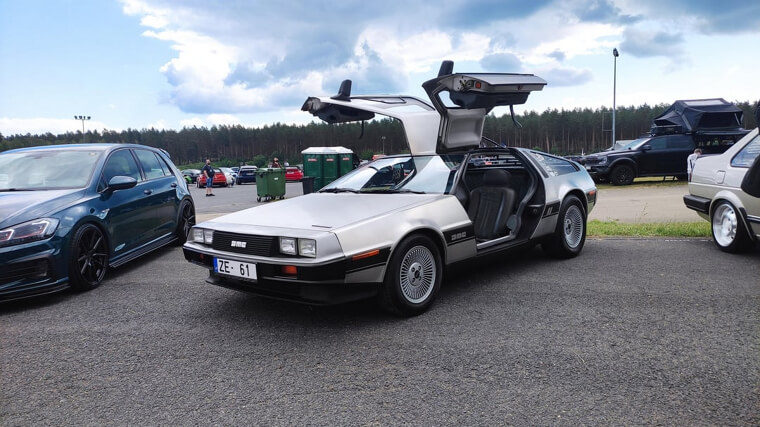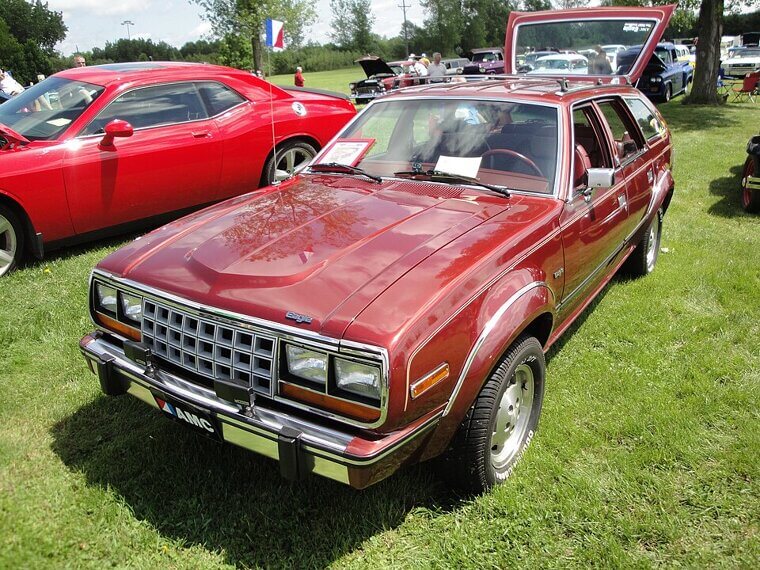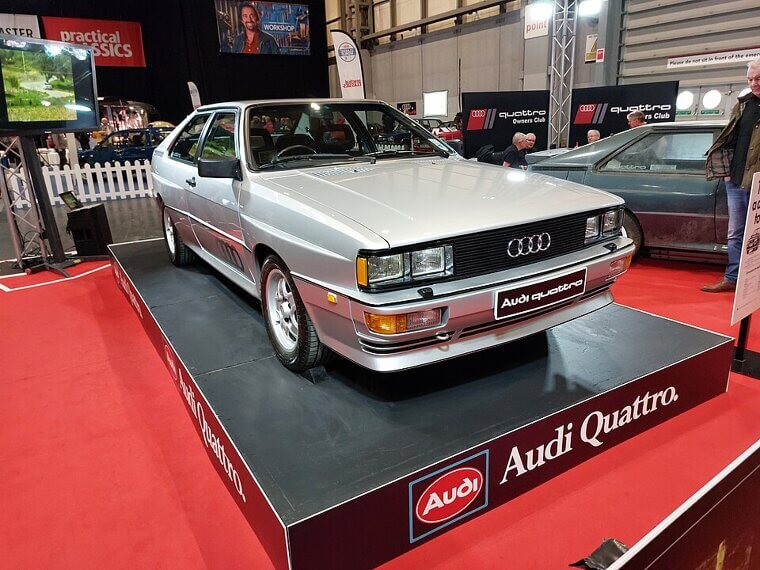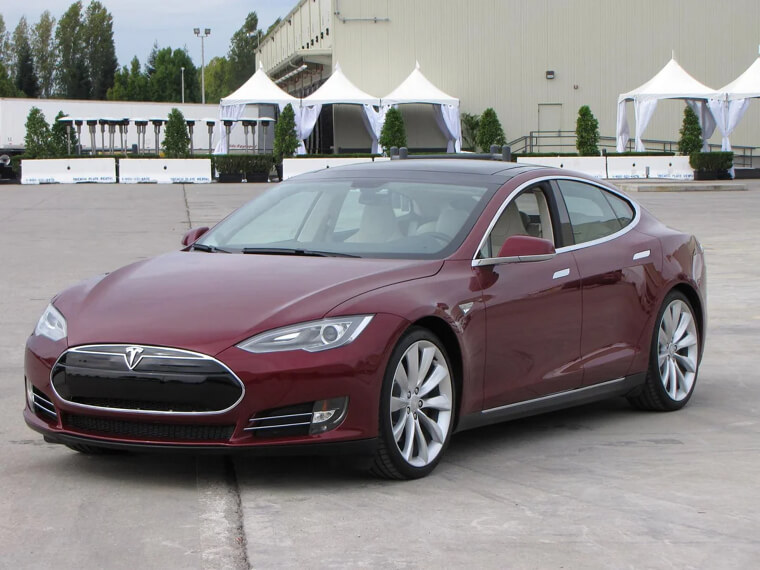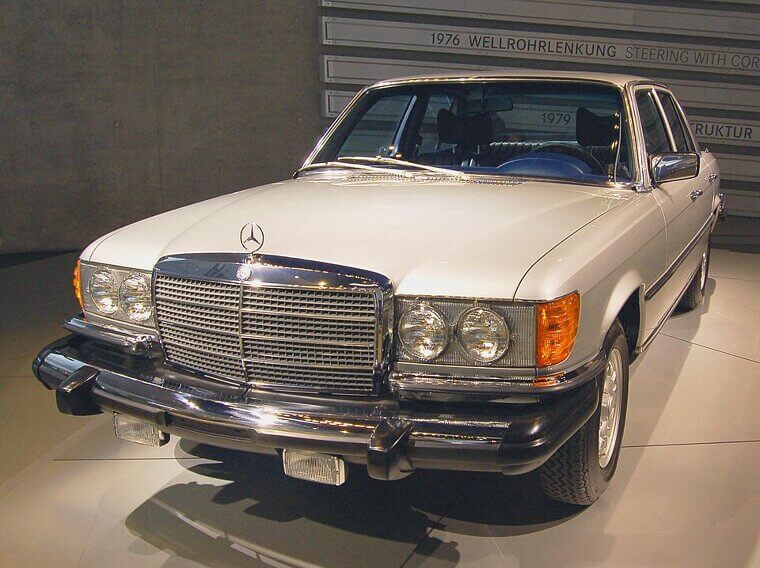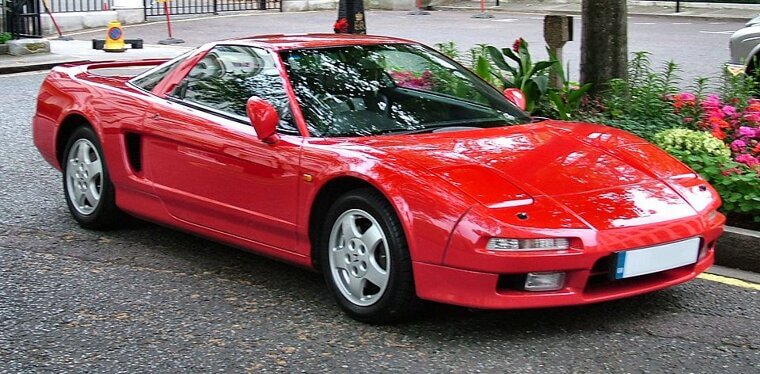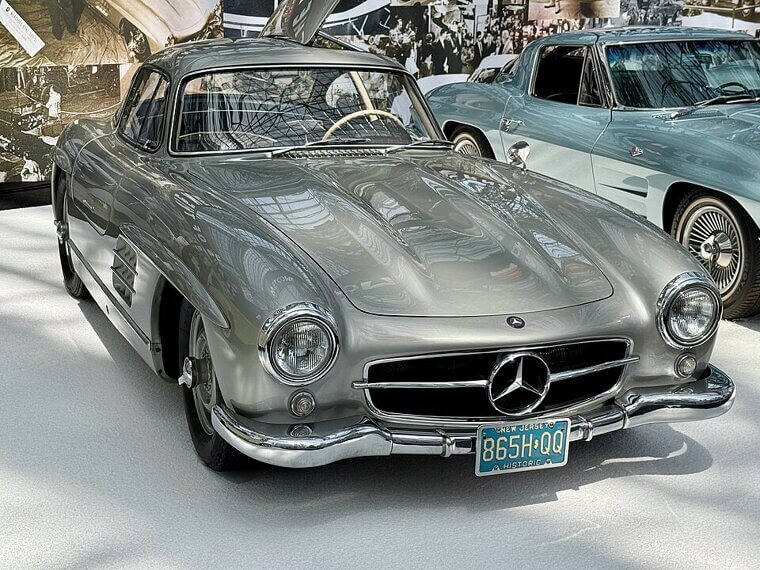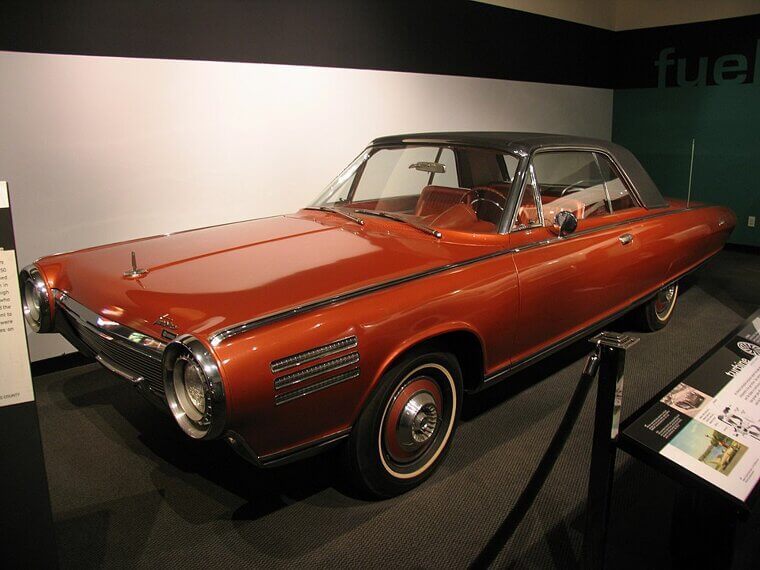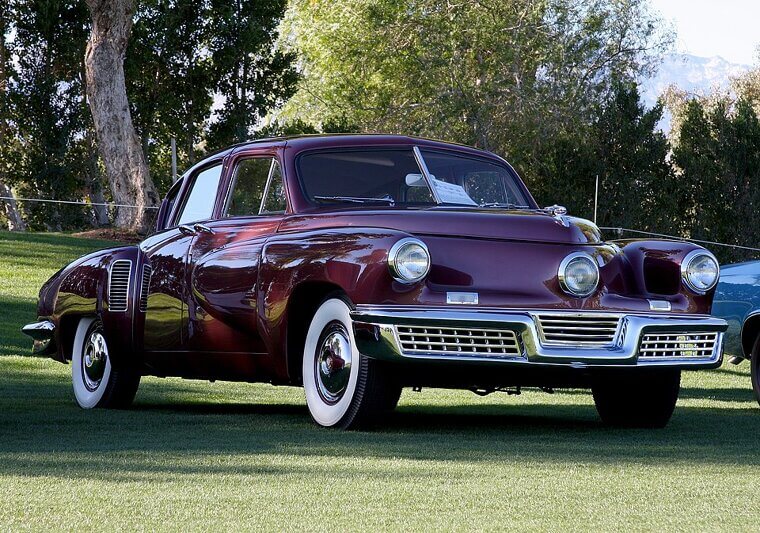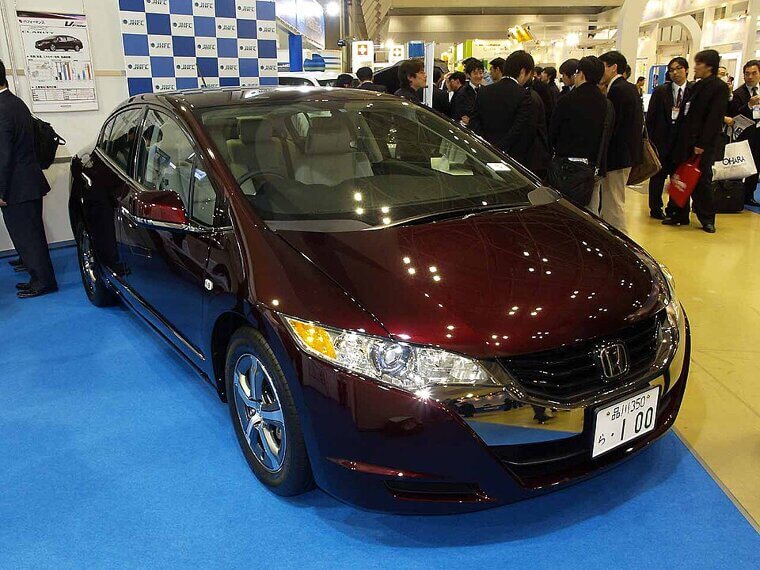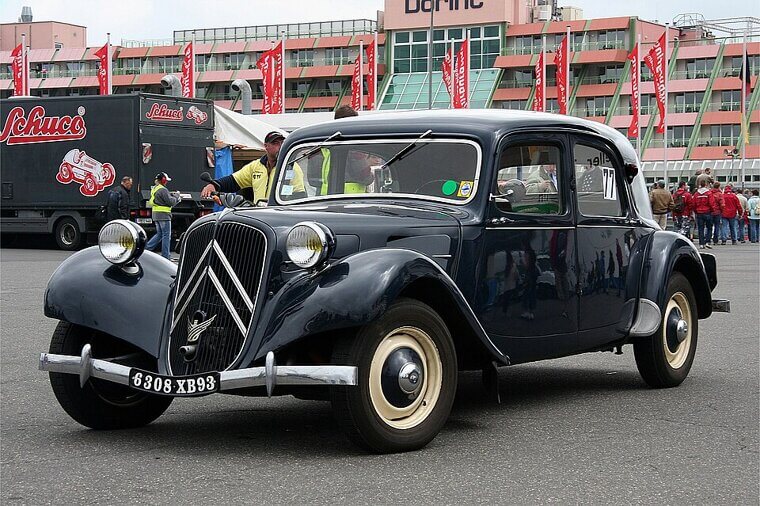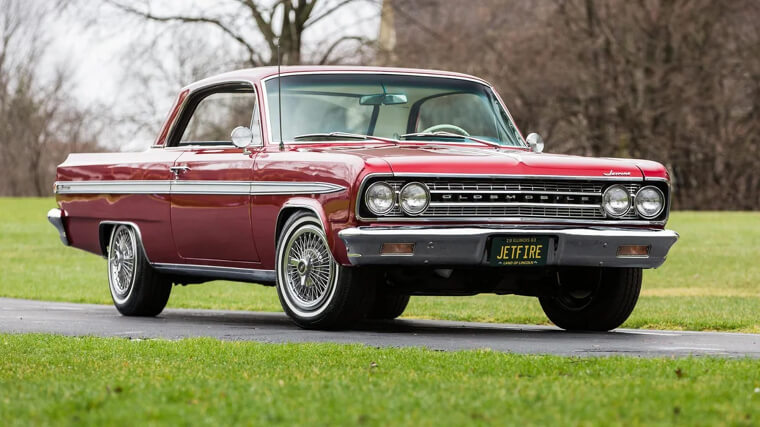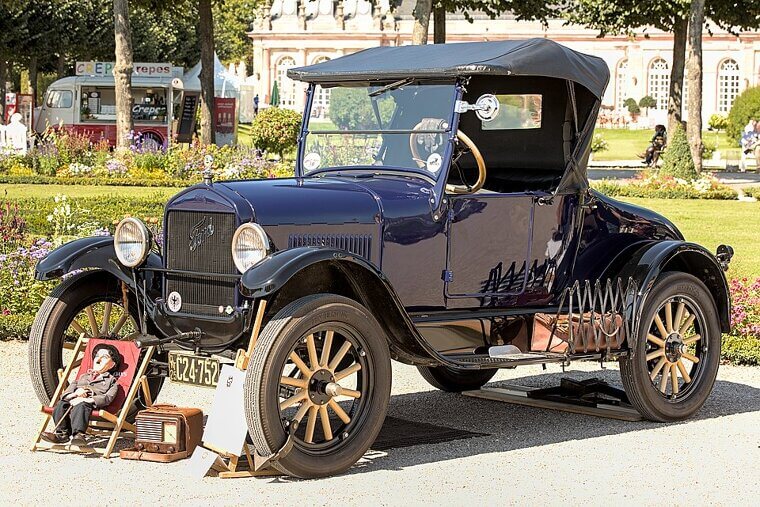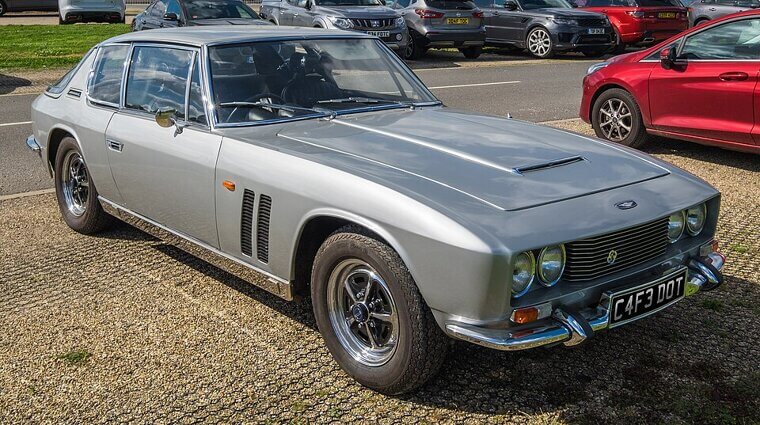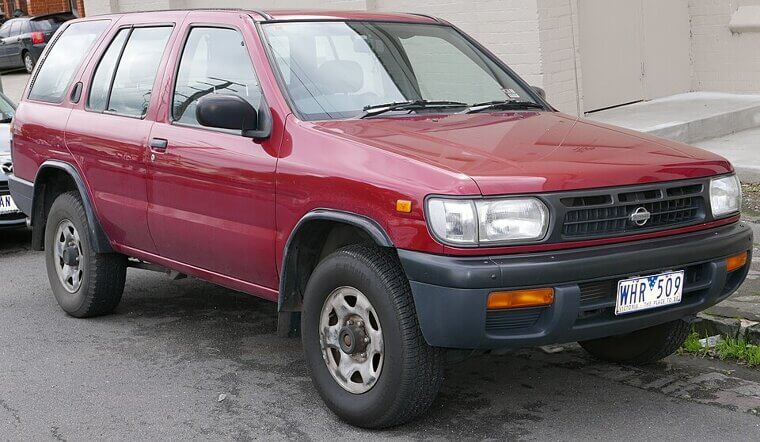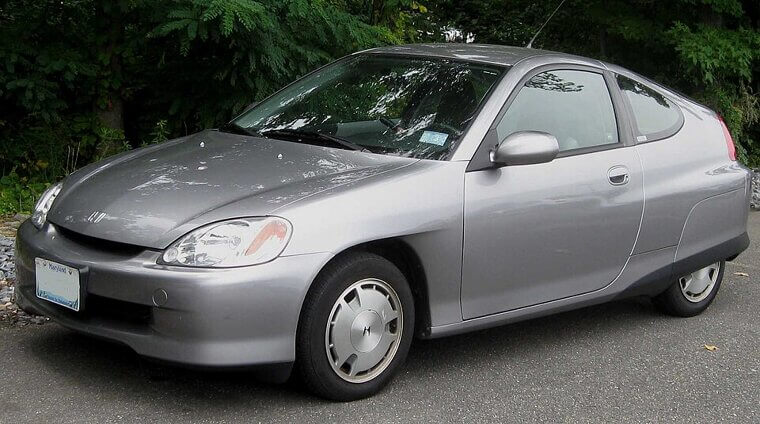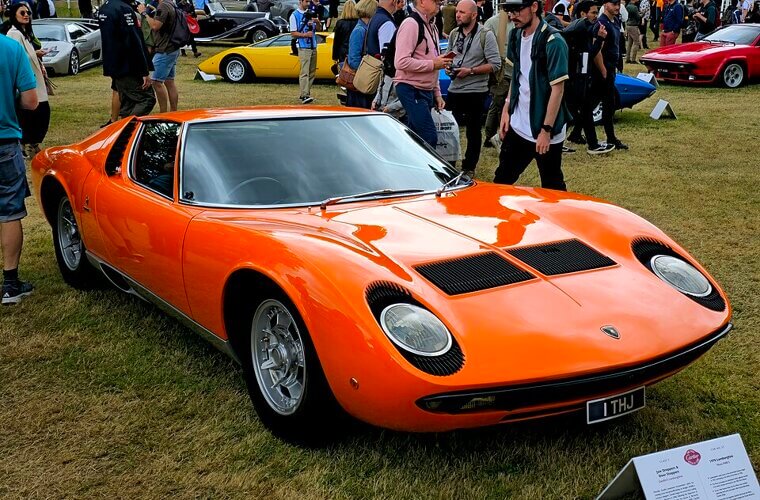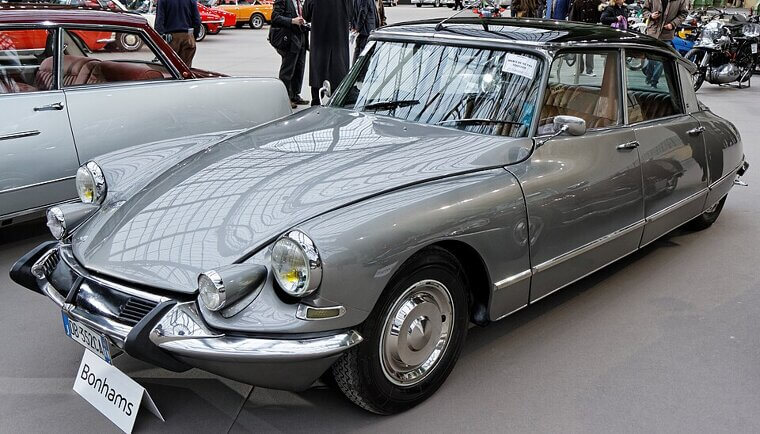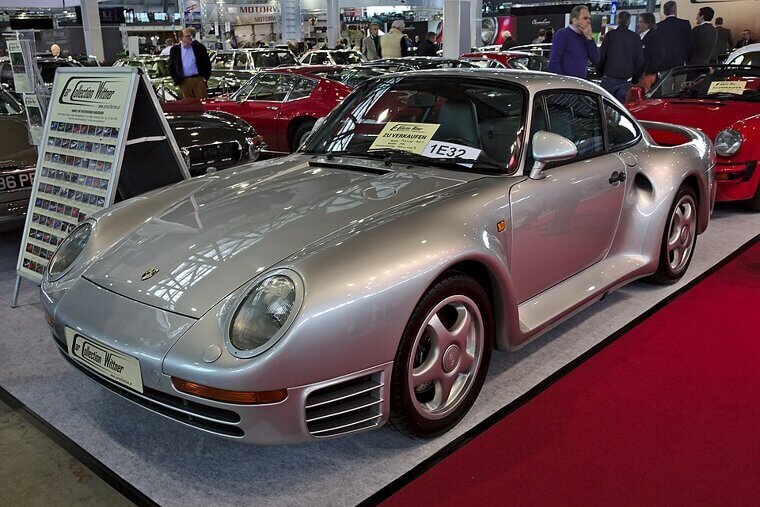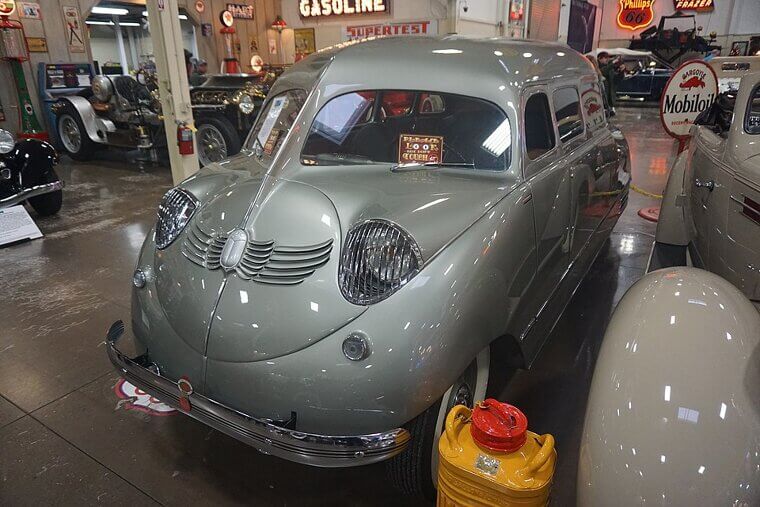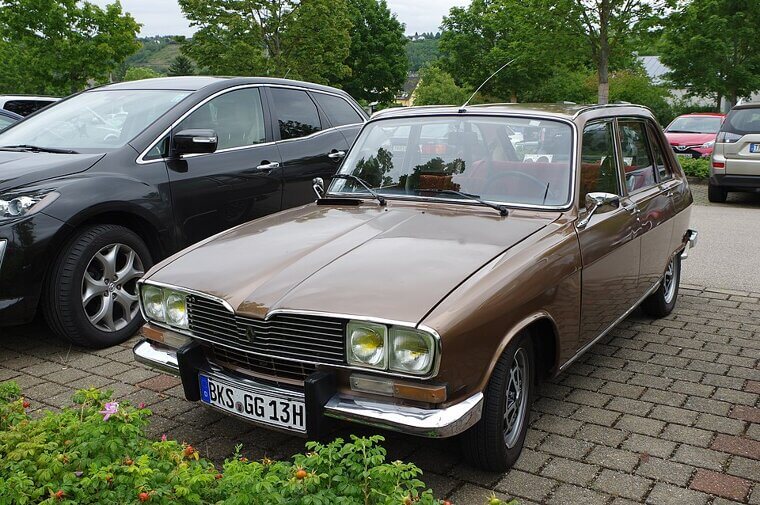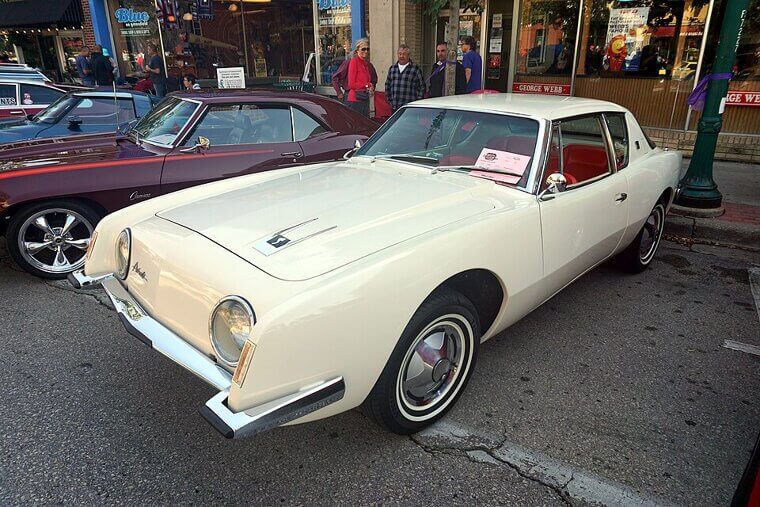Celebrating the Trailblazers
Throughout history, several cars have pushed the boundaries of what's possible on the road. In fact, many of those vehicles were very much ahead of their time, leaving a lasting legacy behind. So keeping that in mind, we're going to take a closer look at a selection of trailblazing models right here. You're sure to recognize a good few of them, folks!
Lamborghini Countach
The Lamborghini Countach was a game-changer back in the 1970s. Its eye-catching wedge design was utterly unique, housing a mid-engine layout. Following the car's release, it seemed like everyone tried to mirror its look. Ferrari, Toyota, BMW, Honda, and Porsche all got in on it! The modern sports cars of today have a lot to thank the Countach for.
2002 Volkswagen Phaeton
Looking at it from the outside, you'd never guess that the Volkswagen Phaeton was a trailblazer. But it deserves that title! This car pushed so many boundaries when it came to automotive technology. For instance, the climate control system was incredibly advanced compared to other motors from that time.
Aston Martin Lagonda
The Aston Martin Lagonda is famous for its bizarre body. Yet the car's second-generation stood out for a very different reason. Yep, those motors were equipped with ridiculously advanced dashboards, including plasma screens and touch controls. To say they were ahead of their time feels like a huge understatement!
Bugatti Type 35
At a time when cars were in their infancy, the Bugatti Type 35 showed what was possible. It dominated the 1920s Grand Prix circuit, boasting a very powerful engine. This thing could reach 140 horsepower in full-flight. That was a jaw-dropping number at that point! It was capable of hitting over 130 mph, too.
1970 Range Rover Classic
It's hard to put into words just how important the Range Rover Classic proved to be. It completely transformed the market upon its release in 1970. Combining on-road comfort with off-road adventure, the Classic pretty much created the luxury SUV. It looked great while doing it as well.
DeLorean DMC-12
It's quite fitting that the car that starred in Back to the Future was ahead of its time! Yes, the DeLorean DMC-12 is one of the most recognizable vehicles of the 1980s. Boasting a futuristic look, it got plenty of attention — but not always for the right reasons. The DMC-12 was grossly underpowered. On the other hand, its stainless steel exterior received praise for its rust-resistance.
AMC Eagle
With its four-wheel drive setup, the AMC Eagle was unlike any other passenger car in America when it first came out. It was one of the earliest examples of a crossover SUV. The Eagle could handle any and all conditions on the road, while offering a comfortable ride.
2014 BMW I8
While plug-in hybrid sports cars were a thing years before the BMW i8, that motor took the concept to new heights. It showed what a hybrid system was truly capable of, producing powerful displays on the road. The Porsche 911, Mercedes-AMG C63, and Bentley Continental eventually followed its lead!
1980 Audi Quattro
Before the Audi Quattro came out in 1980, rally cars utilized a rear-wheel drive setup. But this motor entered the scene with an all-wheel drive layout. And boy, did it change the game! The Quattro ran roughshod over the circuit, dominating its competition. It encouraged more vehicles to adopt all-wheel drive systems.
Chrysler Airflow
It's hard to believe that the Chrysler Airflow is nearly 100 years old now. It still looks great! The car made its bow in 1934, and was unlike anything else on the American market. Its aerodynamic design caught a lot of attention. More vehicles started to adopt that look — even though the Airflow wasn't a huge success.
2012 Tesla Model S
The Tesla Model S is fully deserving of its pioneer label. This car helped EVs enter the mainstream, changing the market forever. It was high-tech, comfortable, and had a good range thanks to the Supercharger network. The trailblazing model is still going strong today.
1978 Mercedes-Benz S-Class W116
Few cars throughout history can match the luxury of the Mercedes-Benz S-Class W116. But that's not why it's here. The W116 introduced a hugely important feature in 1978. Yep, it was the first production vehicle to have an advanced anti-lock braking system. Talk about leading the way!
1990 Honda NSX
Before the Honda NSX came around, supercars were known for their power and somewhat tricky handling. This vehicle looked to change things, though. It was lighter than its competition, making it more agile on the road. The NSX also offered a very comfortable drive without sacrificing the engine's power. It became a standard-bearer in the supercar market.
Mercedes-Benz 300SL
We won't beat around the bush here, folks — the Mercedes-Benz 300SL is a gorgeous retro motor. It's tough to keep your eyes off it! It first came out in the mid-1950s, and offered a game-changing feature. The 300SL included a Bosch mechanical direct fuel injection. No other production car had that. It improved the engine's efficiency and power.
Chrysler Turbine Car
Arguably one of the boldest vehicles ever created, the Chrysler Turbine Car brought a bunch of crazy ideas to the table. As its name suggests, it was equipped with a turbine engine. But this thing could run on practically anything. We're talking gas, perfume, peanut oil, tequila — the list goes on! The Turbine Car never made it into mass-production, though.
Tucker 48
The Tucker 48 was an incredibly inventive vehicle when it rolled out in 1948. It included independent suspension, disc brakes, and a headlamp that moved with the steering wheel. How cool is that? No other sedans could match it. Much like the Turbine Car, though, the Tucker 48 didn't make it into mass-production. What a shame!
Honda FCX Clarity
At a glance, the Honda FCX Clarity doesn't seem like much of a trailblazer. But it absolutely was! This was the very first hydrogen fuel cell car that the public could actually use. Honda began to lease it out in 2008. A glimpse of the future when it comes to fueling? Perhaps...
Citroën Traction Avant
We've got a question for you — do you know the name of the first mass-produced front-wheel drive vehicle? If not, no worries. Here it is! Yes, the Citroën Traction Avant adopted the system, instantly perfecting it. Combined with its aerodynamic exterior and low center of gravity, the car handled and performed like a dream.
Mitsubishi 3000GT VR-4
The supercar landscape was very different prior to the Mitsubishi 3000GT VR-4's release in 1994. At that point, those vehicles didn't have active aerodynamics, four-wheel steering, or adaptive suspension. The VR-4 did, though. Other supercars then followed suit. Talk about making an impact!
Oldsmobile Jetfire
Are you a fan of turbocharged cars? If so, you're sure to love the Oldsmobile Jetfire. This was the first mass-produced turbocharged vehicle to hit the market. It rolled out in 1962. The Jetfire's V8 engine packed a real punch, capable of reaching 215 horsepower.
GM EV1
When it comes to electric cars, the GM EV1 walked so Tesla could run! This was the first mass-produced EV of the modern era, making its bow in the 1990s. It had a range of up to 100 miles, while it was capable of reaching 137 horsepower.
Ford Model T
Is the Ford Model T the most important car ever made? It's got a strong case. This thing really did push boundaries when it came out in 1908. It was super affordable, which encouraged more people to take up driving. The sales figures were crazy! Around 16.5 million Model Ts were shifted in the end.
Jensen FF
Was the Jensen FF ahead of its time? We'd say so. It arrived in the mid-'60s, and brought with it a four-wheel drive setup and an anti-lock braking system. It looked cool, too! The car stood out from the crowd back then.
Nissan Pathfinder (Second Generation)
The Nissan Pathfinder made a significant leap in its second generation. It swapped its body-on-frame for a unibody design. And that seemed to open the floodgates. Several other body-on-frame vehicles followed the Pathfinder down this route, including the XJ Jeep Cherokee.
Lamborghini LM002
One of the first high-performance SUVs to hit the market, the Lamborghini LM002 stunned a lot of people upon its release. It was insanely powerful, housing the Countach's V12 engine under its hood. The LM002 had a top speed of 125 mph.
Honda Insight
Visually, the Honda Insight is a fascinating car to stare at. Just look at that body — it's incredibly unique! But that isn't why it's on this list. You see, the Insight was the first mass-produced hybrid vehicle to hit the American market in 1999. It probably arrived too early, though. Sales weren't great.
Lamborghini Miura
The Lamborghini Miura is one of the great trailblazers when it comes to supercars. This stunning model was the first to include a mid-engine layout, opening the door for others to follow. That's some legacy, wouldn't you agree?
NSU Ro80
If you had to guess when the NSU Ro80 first came out, what would you say? The 1970s? How about the '80s? Well, you'd be wrong! It actually rolled out in 1967. Crazy, right? It doesn't look like a '60s car at all.
Citroën DS21
Cars don't come more beautiful than the Citroën DS21. It's gorgeous! It was also a great innovator upon its release. The DS21 included front-disc brakes — no other mass-produced vehicle had those at the time. Its advanced suspension system was later adopted by the likes of Maserati and Rolls-Royce as well.
Porsche 959
The Porsche 959 gave supercar fans an exciting glimpse of the future when it launched in the 1980s. This beauty had an all-wheel drive setup, adding traction to the motor's performance. Its aerodynamic design was pretty notable, too.
Stout Scarab
With a name like that, you won't forget the Stout Scarab in a hurry. This 1930s vehicle is hugely important — many see it as the first production minivan. It housed a V8 engine in the rear to free-up more interior space.
Pontiac Aztek
A vehicle that's often ridiculed for its appearance, the Pontiac Aztek arguably arrived on the market a few years too early. Crossovers have been all the rage in America in recent times. The Aztek could've easily nestled in alongside a Lexus RX today!
Renault 16
Family vehicles in the 1960s had a very distinct look — until the Renault 16 came out. That car changed everything, as it boasted a groundbreaking hatchback design and a front-wheel drive setup. Innovative? You bet!
Studebaker Avanti
Another innovator from the '60s, the Studebaker Avanti is a really cool car. The fiberglass body had a proper futuristic feel to it, while the roll bar and front-disc brakes were very advanced for the time. It was seriously quick, too!

